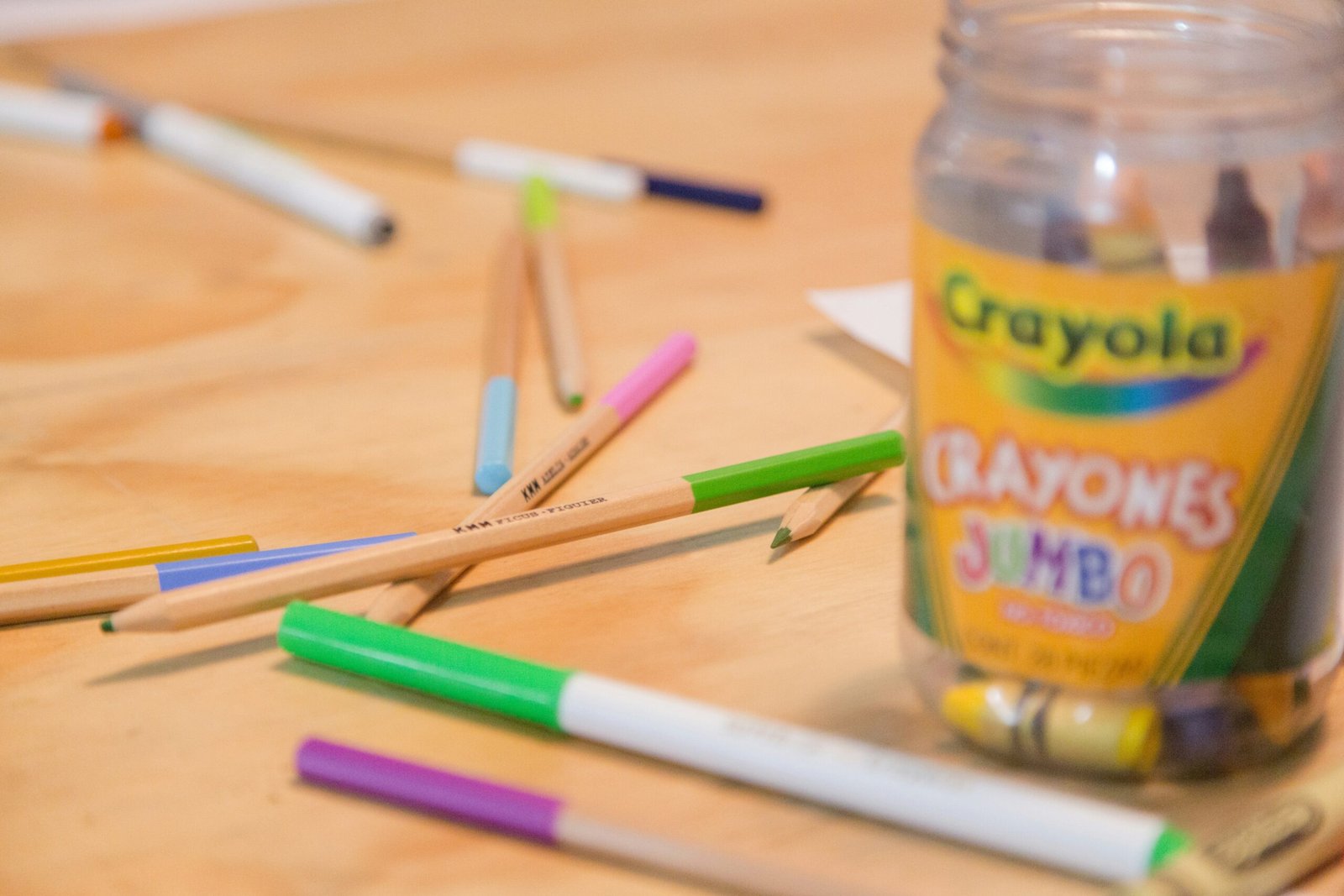Motiv Colors

Exploring Different Coloring Mediums: A Comparison of Coloring with Pencils, Felt-Tip Pens, and Ink
Introduction
Coloring books have become increasingly popular among adults as a way to relax and express creativity. With a wide range of coloring mediums available, it can be overwhelming to choose the right one. In this article, we will explore three popular coloring techniques: coloring with pencils, felt-tip pens, and ink. We will discuss the definition of each technique, their benefits, and the level of difficulty they present.
Coloring with Pencils
Coloring with pencils is a classic and versatile technique. Colored pencils come in a wide variety of colors and shades, allowing for precise and detailed coloring. They are also easy to blend, creating smooth transitions between colors.
One of the benefits of coloring with pencils is the control it offers. The pressure applied to the pencil determines the intensity of the color, making it suitable for both light shading and bold strokes. This technique is also forgiving, as mistakes can be easily erased or corrected.
However, coloring with pencils can be time-consuming, especially when working on intricate designs. Achieving vibrant colors may require multiple layers of coloring, which can be challenging for beginners. Additionally, pencils may leave visible strokes on the paper, requiring extra effort to create a seamless finish.
Coloring with Felt-Tip Pens
Felt-tip pens, also known as markers, are another popular choice for coloring. They come in a wide range of colors and are known for their vibrant and bold hues. Coloring with felt-tip pens allows for quick and vibrant results.
One of the main benefits of using felt-tip pens is their smooth and even application. The ink flows consistently, providing a solid and opaque color. This makes them ideal for coloring large areas or creating bold outlines.
Felt-tip pens also offer a wide range of tip sizes, allowing for both fine details and broader strokes. They are also portable and easy to use, making them a convenient choice for coloring on-the-go.
However, coloring with felt-tip pens requires a steady hand and precision. The ink dries quickly, making it difficult to blend colors or correct mistakes. It is important to choose a paper that can handle the ink without bleeding or smudging.
Coloring with Ink
Coloring with ink is a unique technique that can create stunning and intricate designs. Ink coloring involves using pens or brushes to apply ink to the paper, resulting in bold lines and rich colors.
The main benefit of coloring with ink is the level of detail it allows. Ink can create fine lines and intricate patterns, making it ideal for coloring intricate designs or creating artistic effects. The colors produced by ink are vibrant and intense, adding depth and dimension to the artwork.
However, coloring with ink can be challenging, especially for beginners. The ink is permanent and unforgiving, making it difficult to correct mistakes. It requires a steady hand and precision to achieve the desired results. Additionally, ink can bleed through thin paper, so it is important to choose a suitable paper for this technique.
Conclusion
Exploring different coloring mediums offers a world of creativity and relaxation. Whether you choose to color with pencils, felt-tip pens, or ink, each technique has its own unique benefits and challenges.
Coloring with pencils allows for precise and detailed coloring, with the ability to blend colors seamlessly. Felt-tip pens offer vibrant and bold colors, with the convenience of quick application. Coloring with ink provides intricate designs and intense colors, albeit with a higher level of difficulty.
Ultimately, the choice of coloring medium depends on personal preference and the desired outcome. Experimenting with different techniques can help you discover your own unique style and bring your coloring creations to life.
Remember, the joy of coloring comes from the process itself, so embrace the journey and have fun exploring the world of coloring!


